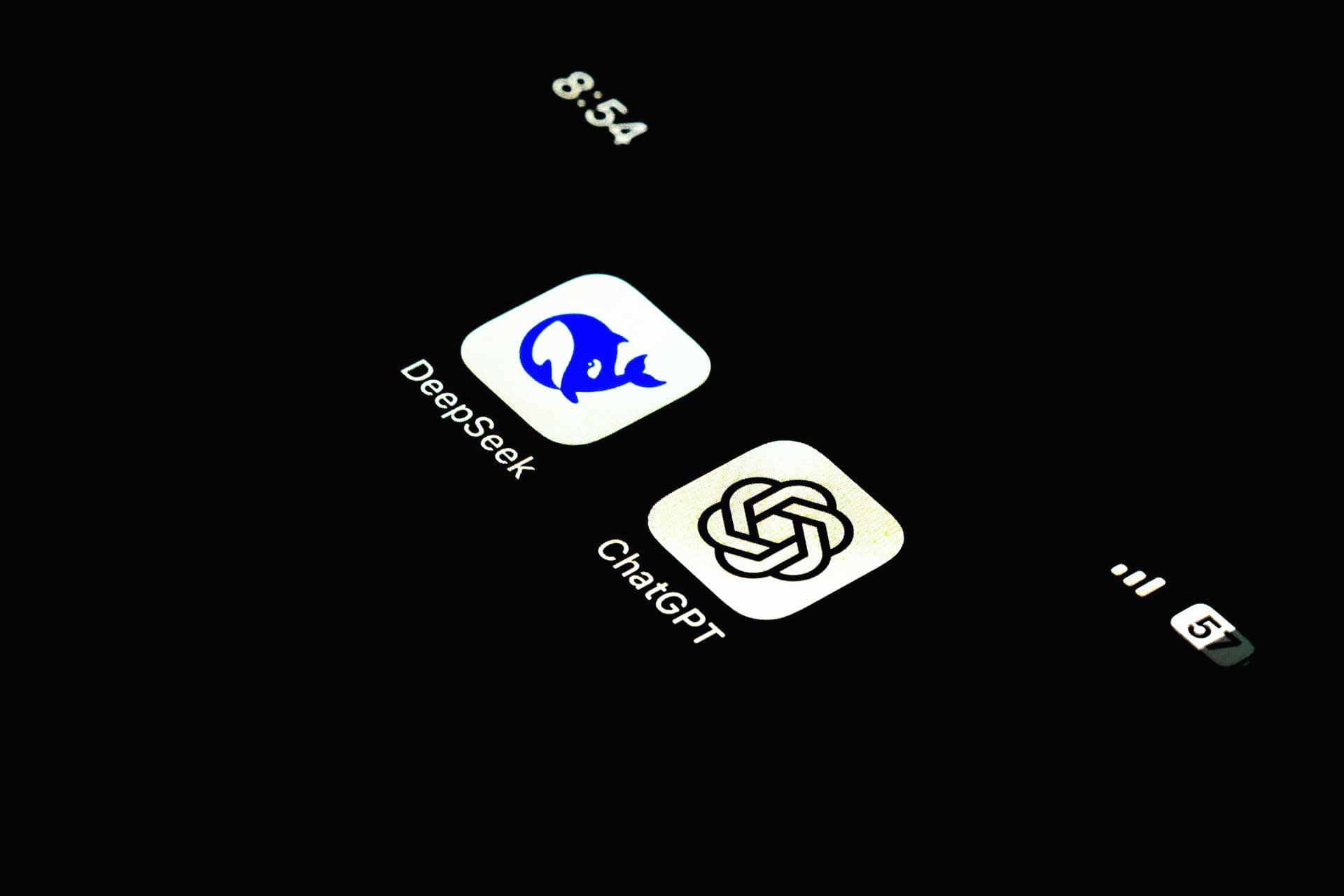The number of connected devices worldwide is expected to exceed 30 billion in 2025. At this inflection point, AIoT—short for artificial intelligence of things—is emerging as a convergence layer for AI, 5G, and spatial computing. Acting as a real-time interface between digital and physical spaces, AIoT holds the potential to reshape industries at scale.
In this race for smarter connectivity, Chinese AIoT firms have found their edge through three key advantages: edge computing breakthroughs that make devices more autonomous, domain-specific large models that unlock tailored applications, and ecosystem-wide collaboration that drives industrial synergies.
These shifts are powered by deep advances across algorithms, data infrastructure, and hardware—fueled by real-world deployments in areas like smart cities, edge terminals, and industrial platforms. As these pieces come together, AIoT is poised to grow into a market worth hundreds of billions of RMB.
One company at the heart of this transformation is Terminus Group. The firm recently updated its IPO prospectus to disclose 2024 financials and unveil a pivot centered on spatial intelligence.
According to the filing, Terminus generated RMB 1.843 billion (USD 258 million) in revenue in 2024, an 83.2% jump from 2023. Its three-year revenue trajectory—RMB 738 million (USD 103.3 million) in 2022, RMB 1.006 billion (USD 140.8 million) in 2023, and RMB 1.843 billion in 2024—represents a compound annual growth rate of around 58%, placing it among the fastest-growing players in the AIoT sector.
Terminus’s core strategy builds on its AIoT scenario matrix, a suite of solutions designed for dynamic spatial environments. Its business spans four main verticals: smart industrial digitalization, AI-powered cities, smart living, and energy intelligence.
The strongest growth came from its industrial digitalization segment, where revenue surged 162.9%—from RMB 624 million (USD 87.4 million) in 2023 to RMB 1.64 billion (USD 229.6 million) in 2024. This line includes smart retail, intelligent operations, commercial platforms, and digitally upgraded industrial parks. It is now Terminus’s largest revenue contributor, driven by demand for more adaptive, human-machine-integrated industrial systems.
Meanwhile, DeepSeek’s launch in early 2025 has disrupted the broader AI landscape. By lowering reliance on CUDA-based infrastructure, it has opened new frontiers for China’s indigenous compute ecosystem. Lower costs for training and inference have accelerated use case deployment, forcing companies to reassess infrastructure and product pipelines.
Terminus moved quickly, restructuring teams and revamping its technology stack around a new three-tier product framework: domain models, infrastructure, and intelligent agents:
- At the model layer, Terminus has developed industry-specific AIoT domain models built atop the DeepSeek platform. This tech stack links AI systems and applications across modalities, enabling vertical models to deliver scenario-specific performance and handle complex, multi-input tasks with improved precision.
- The infrastructure layer forms the computational foundation of the company’s spatial intelligence offerings. Its solution suite includes green, high-performance computing units, hardware clusters, and four software platforms—along with support services that integrate chips, networks, cloud, and AI into end-to-end solutions. All products are optimized for the DeepSeek model family and compatible with leading open-source alternatives.
- At the application layer, Terminus has developed intelligent agents—embodied in service robots and wearable devices—as spatial interfaces for human-machine interaction. These agents are designed with human-like reasoning, long-term memory, multi-agent collaboration, and high-dimensional perception capabilities. Integrated with DeepSeek, they offer more natural, responsive, and efficient performance across enterprise and consumer scenarios.
This technology has already been tested on a global stage. During Expo 2020 Dubai, Terminus’s Titan series robots reportedly logged more than 650,000 interactions and 322,000 kilometers over 84,000 hours, serving approximately 12.5 million visitors without major service interruptions.
As of December 31, 2024, Terminus reported over 800 clients across 160 cities worldwide, including in China, the UAE, Singapore, and Australia. Its partner network has grown to around 1,300 organizations. Customer count increased from 224 in 2022 to 330 in 2023 and 342 in 2024, with stronger enterprise engagement. Current order value reached RMB 2.3 billion (USD 322 million), signaling sustained growth.
Operationally, Terminus has improved its cash flow position by accelerating its receivables cycle. Average accounts receivable turnover dropped from 238 days in 2022 to 180 in 2023, and further to just 104 in 2024.
Globally, smart digitalization is now a strategic priority across industries. As AIoT technology becomes more embedded in real-world applications, it is linking innovation pipelines, supply chains, and digital infrastructure to drive industrial upgrades and growth.
Under the Belt and Road Initiative, Terminus is expanding its international presence to gain early ground in this emerging field. By treating spatial intelligence as the next interface layer, the company is reshaping what AIoT can look like—at home and abroad.
KrASIA Connection features translated and adapted content that was originally published by 36Kr. This article was written by Huang Nan for 36Kr.

